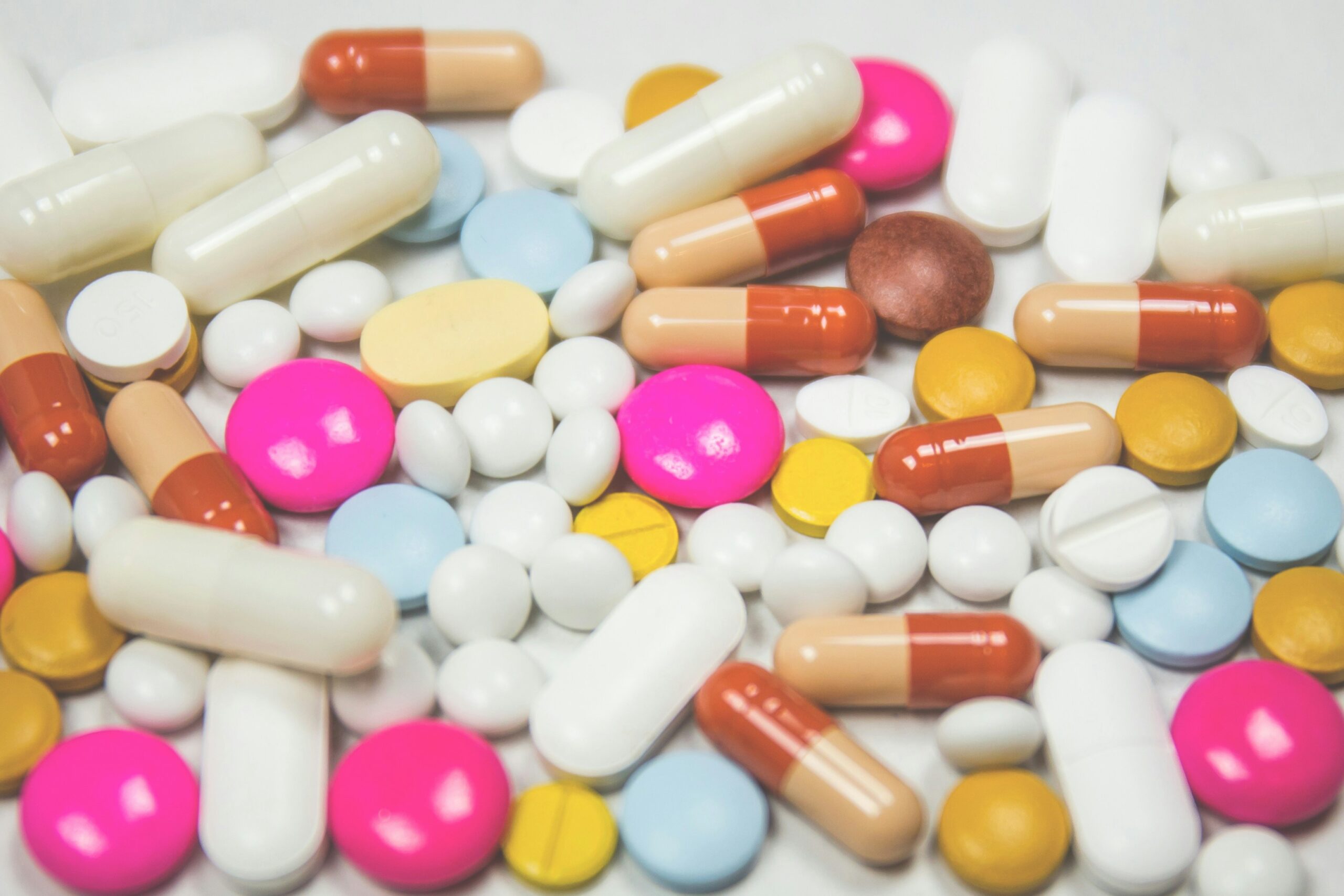
What are Drug Eruption Diseases?
Drug eruption diseases refer to skin reactions resulting from the use of medications. These reactions can manifest in various forms, ranging from mild rashes to severe complications. Although they can occur with any drug, some classes, such as antibiotics and anticonvulsants, are more notorious for causing these eruptions.
Common Symptoms of Drug Eruption Diseases
The symptoms of drug eruption diseases can vary significantly. Common manifestations include localized and disseminated rashes, itching, and blistering. In severe cases, these eruptions may lead to conditions like Stevens-Johnson syndrome or toxic epidermal necrolysis, both of which require immediate medical attention.
Diagnosis and Treatment Options
Diagnosis of drug eruption diseases primarily involves a detailed medical history and physical examination. Doctors may also perform skin tests or biopsies for confirmation. Treatment typically involves discontinuing the offending medication and managing symptoms. In some cases, corticosteroids or antihistamines may be required to alleviate severe symptoms.
Drug eruption diseases, also known as drug rashes or cutaneous adverse drug reactions, are a group of skin conditions that occur as an adverse reaction to medications. These reactions can range from mild to severe and can be caused by a wide range of drugs.
Types of Drug Eruption Diseases:
- Exanthematous drug eruption: A common type of drug rash characterized by red, itchy, and scaly patches on the skin.
- Urticarial drug eruption: A type of drug rash that resembles hives, causing itchy, raised, and swollen patches on the skin.
- Fixed drug eruption: A type of drug rash that occurs at the same site every time the offending drug is taken.
- Stevens-Johnson syndrome (SJS): A rare but life-threatening condition characterized by widespread skin and mucous membrane lesions.
- Toxic epidermal necrolysis (TEN): A severe and potentially life-threatening condition characterized by widespread skin necrosis and detachment.
Causes and Risk Factors:
- Genetic predisposition: Some people may be more susceptible to drug eruptions due to their genetic makeup.
- Medication type: Certain medications, such as antibiotics, anticonvulsants, and NSAIDs, are more likely to cause drug eruptions.
- Dose and duration: Higher doses and longer treatment durations increase the risk of drug eruptions.
- Age and sex: Older adults and women are more likely to experience drug eruptions.
Symptoms:
- Rash or lesions: Red, itchy, and scaly patches on the skin.
- Itching or burning: Uncomfortable sensations on the skin.
- Fever: Elevated body temperature.
- Malaise: General feeling of illness or discomfort.
Treatment:
- Stop the offending drug: Discontinue the medication causing the reaction.
- Topical corticosteroids: Creams or ointments to reduce inflammation and itching.
- Antihistamines: Medications to alleviate itching and reduce the allergic response.
- Supportive care: Rest, hydration, and wound care may be necessary in severe cases.
If you suspect a drug eruption, consult a healthcare professional for proper diagnosis and treatment.
